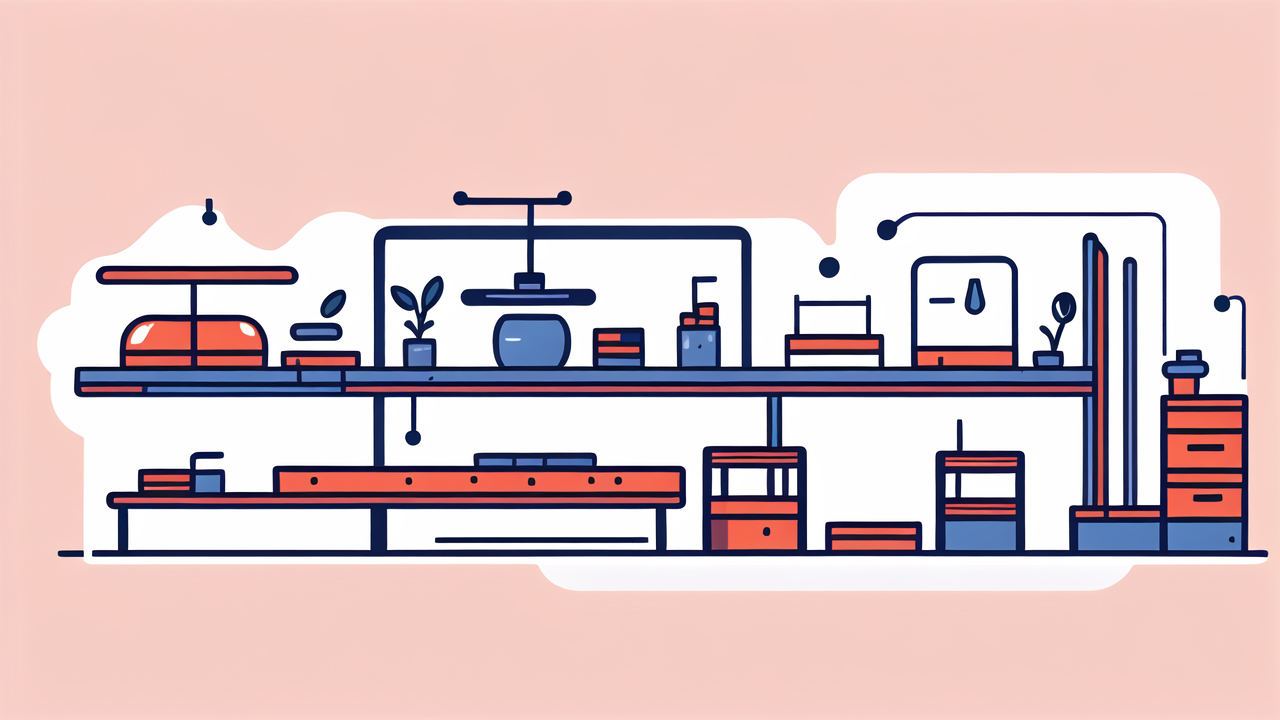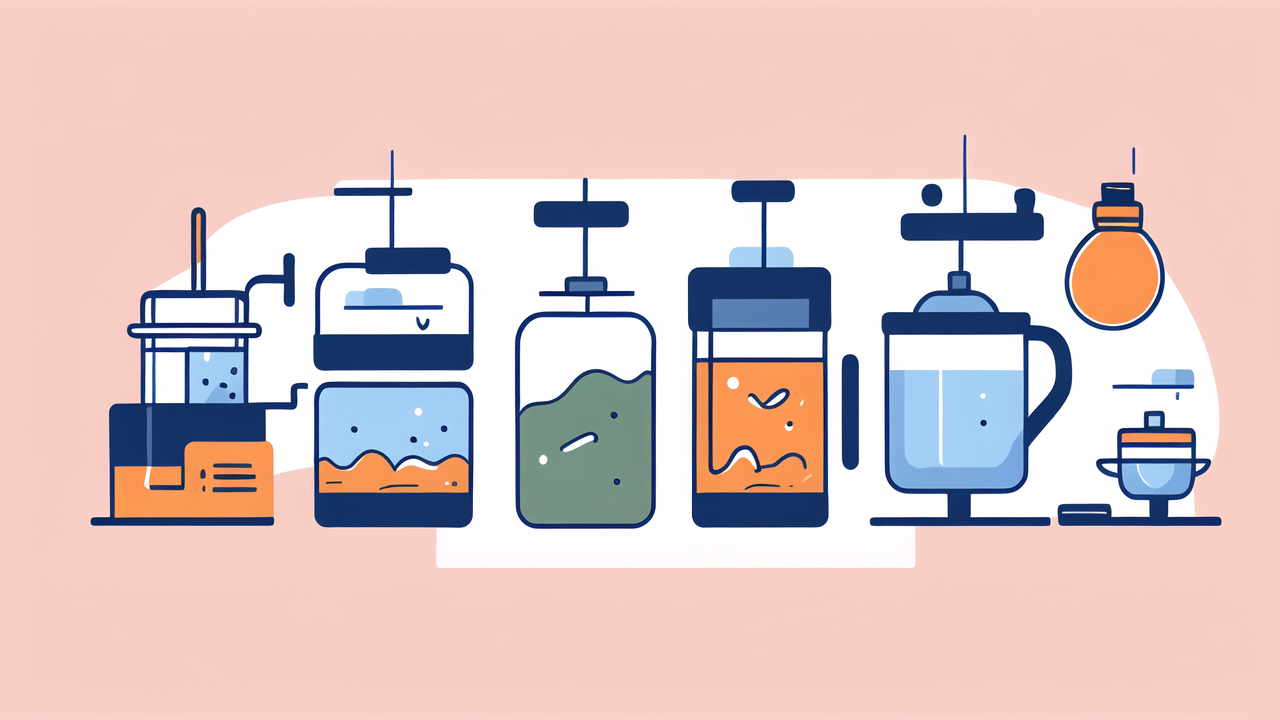The Evolution of Bong Design: From Basic Pipes to High-Tech Innovations
Understanding the Historical Development of Bongs
Bongs have come a long way since their humble beginnings. Early bongs were simple devices, often made from bamboo or wood. They had a basic design with a bowl and a water chamber. Over time, glass became the preferred material for bongs. This shift allowed for more complex designs and better functionality.

The 1960s and 1970s saw a boom in bong popularity. Artisans began crafting unique pieces, experimenting with shapes and sizes. This era marked the start of bongs as both functional tools and art pieces. As demand grew, so did innovation in design and materials.
Technological Advancements in Modern Bong Manufacturing
Today's bongs are a far cry from their ancestors. Advanced manufacturing techniques have revolutionized the industry. 3D printing allows for precise, complex designs that were once impossible. This technology enables creators to test new ideas quickly and cheaply.
Computer-aided design (CAD) software has also changed the game. It lets designers create intricate percolators and chambers. These features cool smoke more effectively, resulting in smoother hits. Precision glass-blowing techniques have improved too. They allow for thinner, stronger glass and more elaborate designs.
Key Features of Top-Notch Bongs That Enhance Smoking Experience
The Role of Material Quality in User Satisfaction
The quality of materials used in bongs greatly affects the user experience. High-grade borosilicate glass is now the gold standard. It's heat-resistant, durable, and doesn't affect the taste of smoke. Some high-end bongs use scientific-grade glass for even better performance.

Silicone has emerged as a popular alternative to glass. It's virtually unbreakable and easy to clean. Some users prefer it for its portability and durability. However, glass remains the top choice for flavor purists.
Metal and ceramic bongs also have their fans. Metal is durable but can affect taste. Ceramic offers good flavor but is fragile. Each material has its pros and cons, catering to different user preferences.
Innovative Design Elements That Improve Airflow
Modern bongs often feature complex airflow systems. These are designed to cool and filter smoke more effectively. Percolators are a key innovation in this area. They create bubbles that increase water contact with smoke. This process cools the smoke and removes impurities.
Different percolator designs offer unique benefits:
- Tree percolators have multiple arms for maximum diffusion
- Honeycomb percs use many small holes for smooth hits
- Showerhead percs provide even distribution of smoke
Ice catchers are another popular feature. They cool smoke further by allowing ice to be added to the neck of the bong. Some designs incorporate multiple chambers for extra filtration and cooling.
The Impact of Aesthetics on Customer Preference
While functionality is crucial, aesthetics play a big role in bong selection. Many users view their bongs as art pieces. This has led to a surge in unique, visually striking designs. Some bongs feature intricate color work or glow-in-the-dark elements.
Customization options have become more common. Users can choose colors, add-ons, and even personalized engravings. This allows for a more personal connection with the piece. Some collectors seek out limited edition or artist collaboration bongs.
The size and shape of bongs also influence preference. Some users prefer compact, discreet designs. Others opt for larger, more elaborate pieces as statement items. The balance of form and function varies among different user groups.
Analyzing the Market: Trends and Consumer Preferences in Bong Usage
Insights into the Growing Demand for Advanced Bong Features
Australian consumers are increasingly seeking bongs with advanced features. This trend reflects a desire for smoother, more enjoyable experiences. Multi-chamber designs and complex percolators are in high demand. These features offer cooler, cleaner hits that appeal to experienced users.

There's also growing interest in modular bongs. These allow users to customize their setup. Parts can be swapped out to change the smoking experience. This flexibility appeals to those who like to experiment with different setups.
Health-conscious users are driving demand for better filtration systems. Ash catchers and carbon filters are becoming more common. These add-ons help remove more impurities from the smoke. As awareness of health risks grows, this trend is likely to continue.
How Customer Feedback Shapes Bong Designs and Innovations
User feedback plays a crucial role in bong design evolution. Manufacturers closely monitor reviews and comments. This information helps them improve existing designs and create new ones. For example, complaints about difficult cleaning led to more user-friendly designs.
Social media has amplified the voice of consumers. Many companies now engage directly with users online. They gather ideas and address concerns in real-time. This open dialogue has accelerated the pace of innovation in the industry.
Collaborations between brands and influential users are becoming more common. These partnerships often result in limited edition pieces. They combine user experience with professional design expertise. The results are often highly sought after by collectors and enthusiasts.
The Future of Bong Design: Predicting Trends in the Australian Market
The Australian bong market is likely to see continued innovation. Smart technology integration could be on the horizon. Imagine bongs with temperature control or smartphone apps for customization. While futuristic, these ideas aren't far-fetched given current tech trends.
Sustainability is expected to become a bigger focus. Eco-friendly materials and production methods may gain popularity. Recyclable or biodegradable components could become selling points. This aligns with broader environmental concerns in Australia.
Personalization will likely reach new levels. 3D printing could allow users to design their own bongs. Custom-fit mouthpieces or personalized percolators might become common. The line between mass-produced and artisanal pieces may blur.
As the cannabis industry evolves, so will bong design. Changes in legislation could open new markets. This might lead to more specialized designs for different types of cannabis products. The future of bong design in Australia looks bright, with endless possibilities for innovation.










